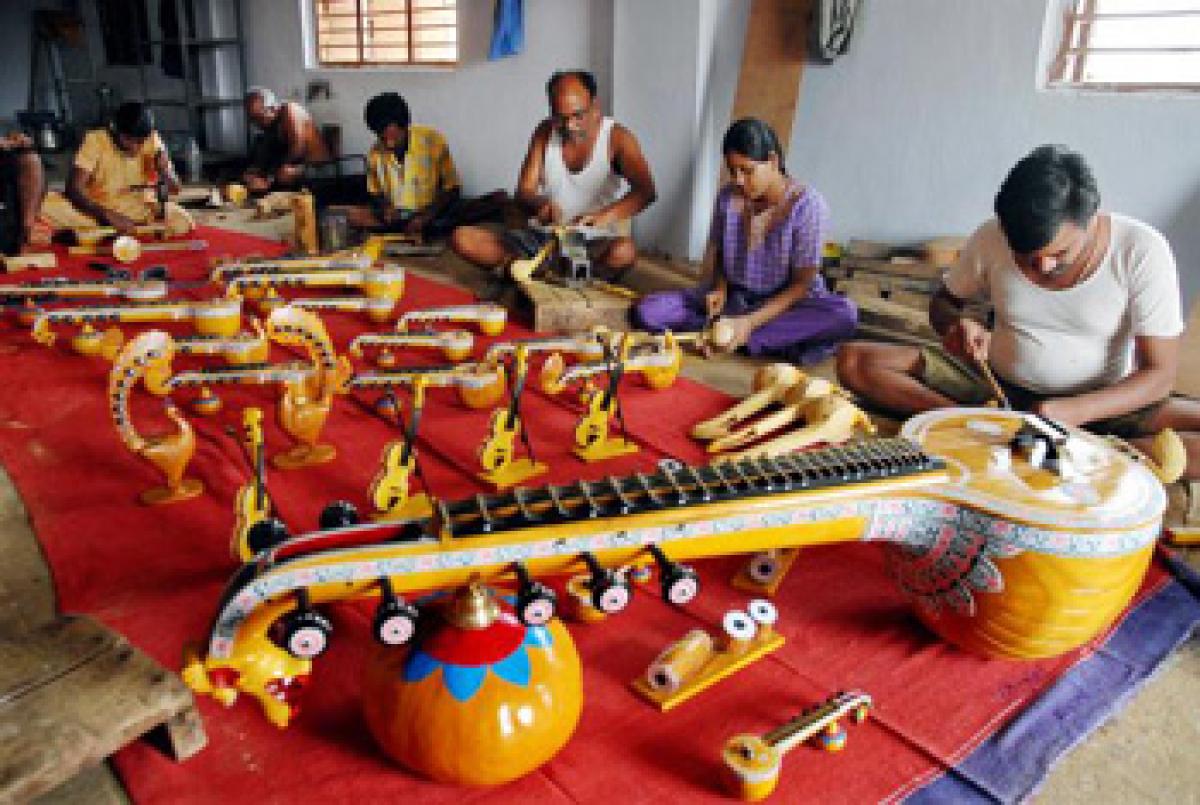Geographical Indication

Recently, the famous Joynagar moa has secured a Geographical Indication (GI) patent. It is a Bengali a sweetmeat made of date palm jaggery (nalen gur) and puffed, sugary rice. It\'s a must during winter. It is the second GI recognition of West Bengal, after Darjeeling tea.
Recently, the famous Joynagar moa has secured a Geographical Indication (GI) patent. It is a Bengali a sweetmeat made of date palm jaggery (nalen gur) and puffed, sugary rice. It's a must during winter. It is the second GI recognition of West Bengal, after Darjeeling tea.
A geographical indication (GI) is a name or sign used on certain products which corresponds to a specific geographical location or origin (e.g. a town, region, or country).
The use of a geographical indication may act as a certification that the product possesses certain qualities, is made according to traditional methods, or enjoys a certain reputation, due to its geographical origin.
Governments have been protecting trade names and trademarks used in relation to food products identified with a particular region since at least the end of the nineteenth century, using laws against false trade descriptions or passing off, which generally protect against suggestions that a product has a certain origin, quality or association when it does not.
In such cases, the limitation on competitive freedoms which results from the grant of a monopoly of use over a geographical indication is justified by governments either by consumer protection benefits or by producer protection benefits.
The WTO Agreement on Trade-Related Aspects of Intellectual Property Rights ("TRIPS") defines "geographical indications" as indications that identify a good as "originating in the territory of a Member, or a region or locality in that territory, where a given quality, reputation or other characteristic of the good is essentially attributable to its geographic origin."
Indiaenacted the Geographical Indications of Goods (Registration and Protection) Act, 1999 has come into force with effect from 15 September 2003. Pochampally Ikat (Telangana), Sri Kalahasti Kalamkari (Andhra Pradesh), Kondapalli Bommalu (Andhra Pradesh), Machilipatnam Kalamkari (Andhra Pradesh), Buditi Bell and Brass Craft (Andhra Pradesh), Nirmal furniture (Telangana), Nirmal paintings (Telangana), Andhra Pradesh Leather Puppetry, Uppada Jamdani Sarees (Andhra Pradesh), Tirupati laddu (Andhra Pradesh), Guntur Sannam Chilli (Andhra Pradesh), Gadwal Sarees (Telangana), Cheriyal Paintings (Telangana), Pembati Metal Craft (Telangana), Venkatagiri Sarees (Andhra Pradesh), Bobbili Veena (Andhra Pradesh), Mangalagiri Sarees and Fabrics (Andhra Pradesh), and Dharmavaram Handloom Pattu Sarees and Paavadas (Andhra Pradesh) have the GI tag in both Telugu States, which means that none other than those registered as authorised users (or at least those residing inside the geographic territory) are allowed to use the popular product name.

